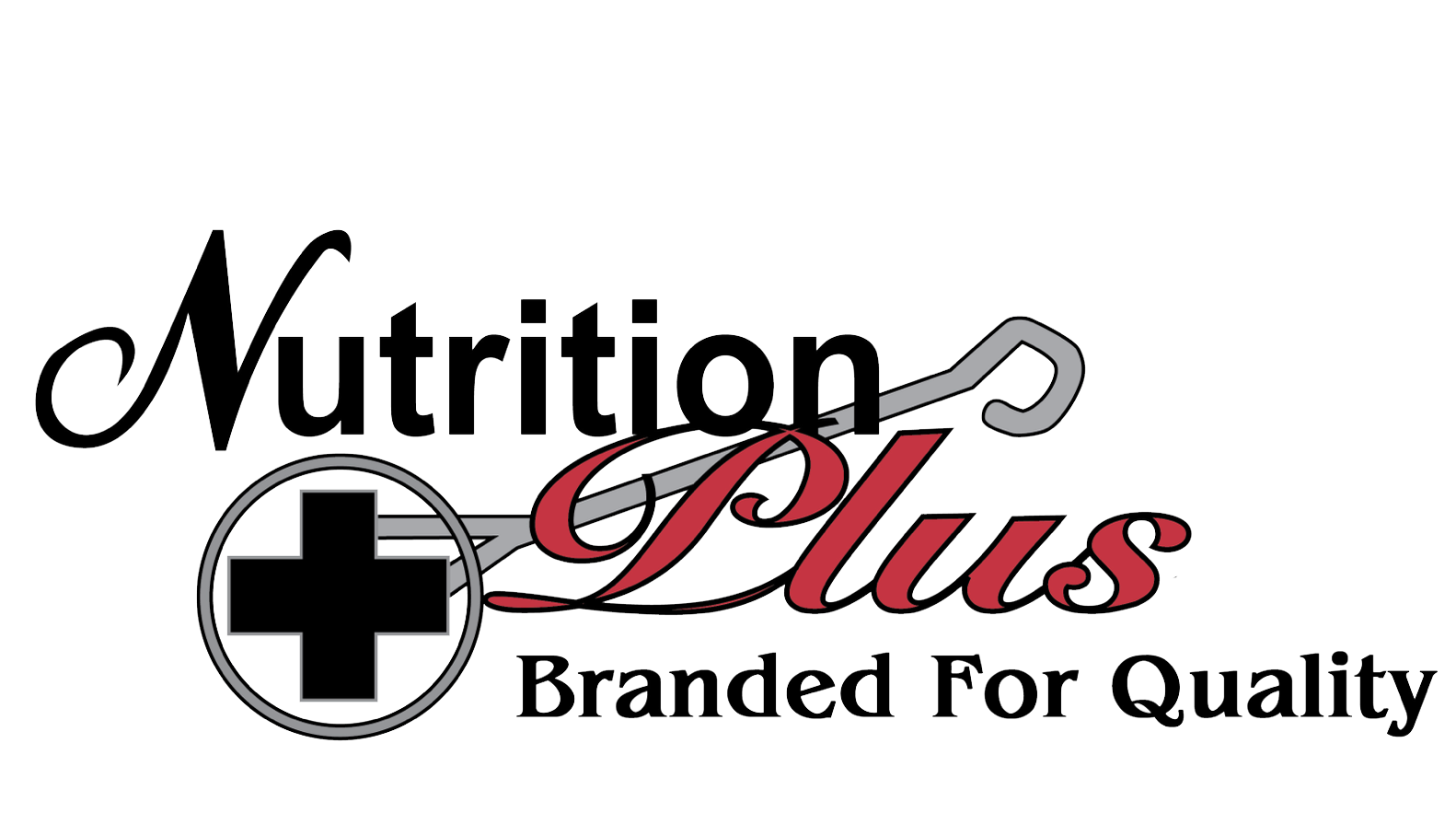Iron is a micro mineral. This means it is a dietary mineral that is required in relatively smaller amounts. Micro minerals are associated with enzymes, and enzymes are required for proper body metabolism. Many enzymes require one or more micro minerals to function properly.
Iron is a constituent of hemoglobin, the iron-containing compound that transports oxygen, as one of its major functions. Iron also plays a role in cellular oxidations, being a component of certain enzymes concerned with oxygen transfer.
Iron deficiency, also known as anemia, is characterized by smaller than normal amounts of red blood cells and less than normal amounts of hemoglobin.
Iron is related to hemoglobin, as mentioned above. Copper is required for proper iron metabolism. Pyridoxine deficiency decreases the absorption of iron. Too much iron may be deleterious-interfering with phosphorus absorption by forming an insoluble phosphate.
Good sources of iron are ferrous sulfate administered orally and iron dextran injections. Other sources include leafy green plants, meats, legume seeds, cereal rains and cane molasses.
Iron is stored in the liver, spleen and kidneys. Young animals are born with a store of iron, but milk from the mother is low in iron. This can cause the young animals to develop a deficiency if they are continued on milk for a long time, particularly under confined conditions with little to no supplemental feed.

